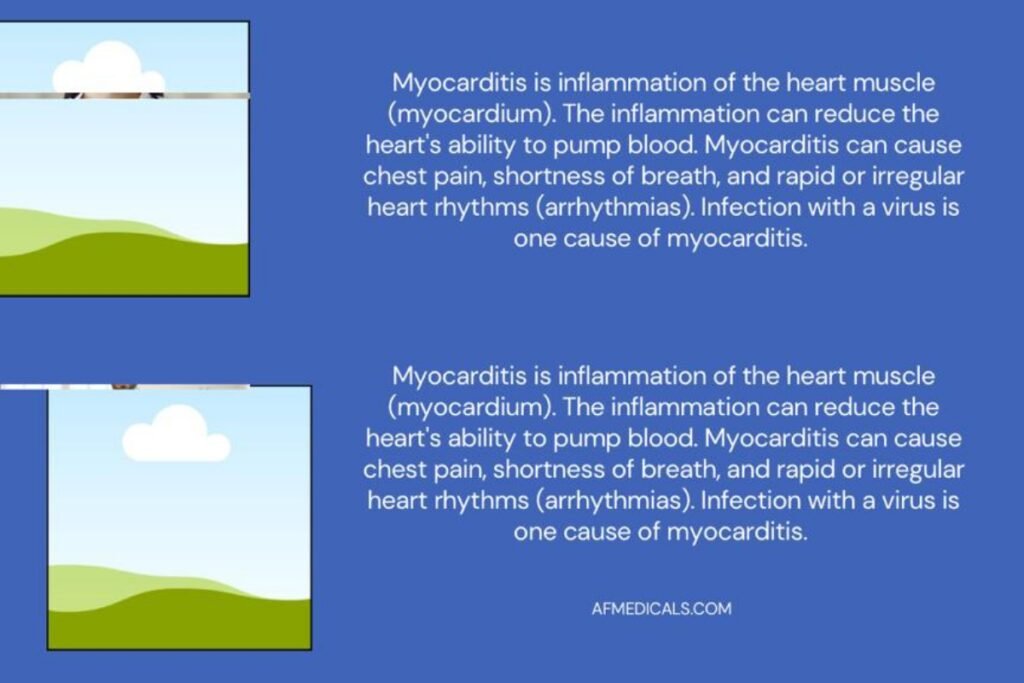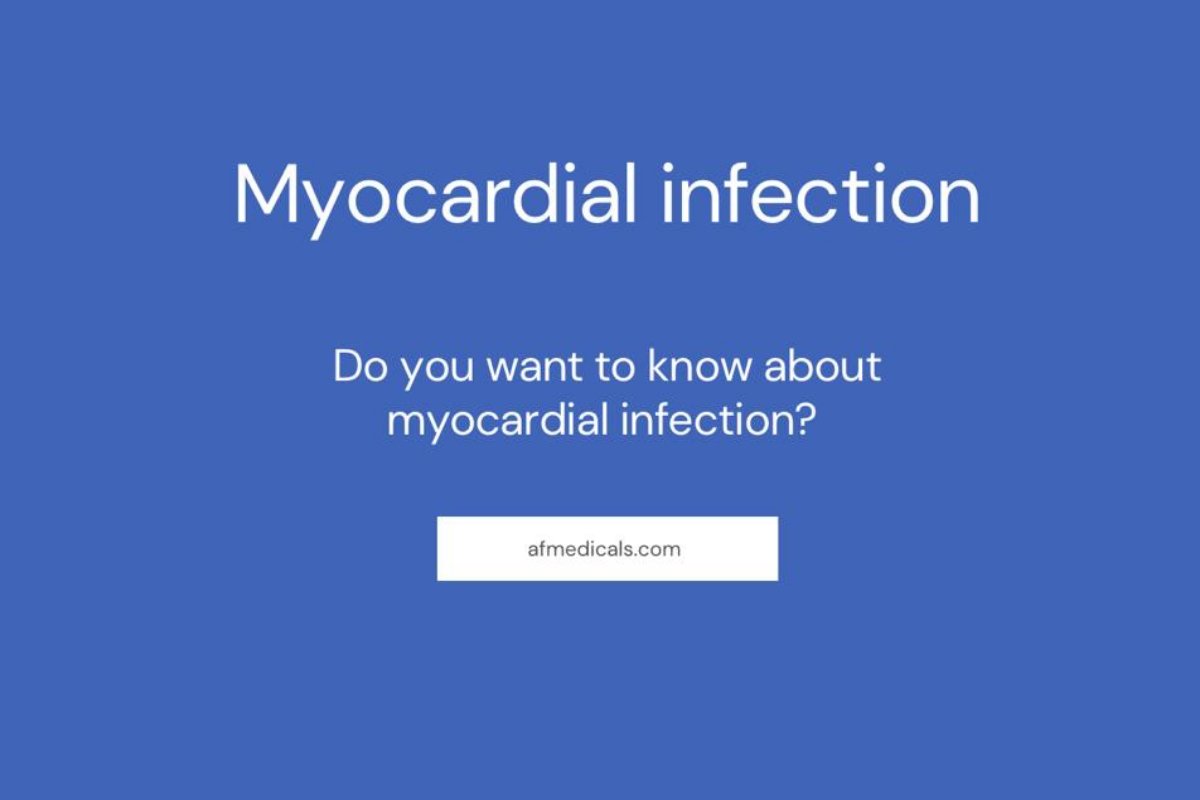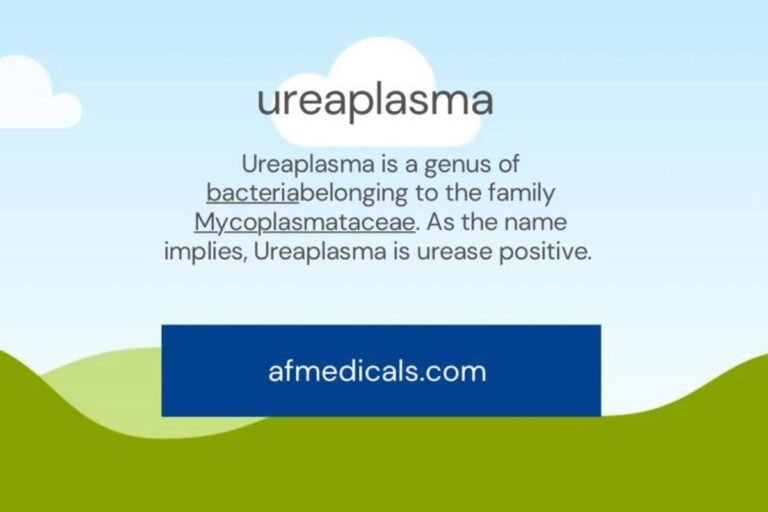Myocardial Infarction: Battling the Stealthy Assassin with Relentless Vigilance:
Myocardial Infarction: Battling the Stealthy Assassin with Relentless Vigilance:
Table of Contents
- Introduction
- Understanding Myocardial Infarction
- 2.1 Definition
- 2.2 Types of Myocardial Infarction
- Causes and Risk Factors
- 3.1 Modifiable Risk Factors
- 3.2 Non-modifiable Risk Factors
- Symptoms and Diagnosis
- 4.1 Recognizing the Symptoms
- 4.2 Diagnostic Tools and Procedures
- Treatment and Management
- 5.1 Immediate Treatments
- 5.2 Long-term Management
- Prevention and Lifestyle Modifications
- 6.1 Healthy Lifestyle Choices
- 6.2 Medical Interventions
- Complications and Prognosis
- Conclusion
1. Introduction
Myocardial Infection necrosis (MI), commonly known as a heart assault, may be a restorative crisis that happens when the blood stream to the heart muscle is unexpectedly cut off, causing tissue harm. Heart malady remains the driving cause of passing all inclusive, and understanding MI is vital for avoidance, early location, and treatment.
2. Understanding Myocardial Infarction
2.1 Definition:
Myocardial dead tissue happens when a parcel of the heart muscle doesn’t get adequate blood stream. The reality of an MI depends on how long the heart muscle is without blood and the sum of hurt caused.
2.2 Types of Myocardial Infarction:
Myocardial zones of infetions rot are classified essentially into two categories: ST-segment rise myocardial dead tissue (STEMI) and non-ST-segment rise myocardial localized rot (NSTEMI).STEMI is characterized by a total blockage of the coronary supply route, as proven by particular changes on an electrocardiogram (ECG), and ordinarily comes about in a bigger zone of heart harm. NSTEMI, on the other hand, is related to fractional blockage of the coronary supply route and may not continuously appear as clear changes on an ECG, but is similarly genuine and requires prompt restorative consideration.
3. Causes and Risk Factors
3.1 Modifiable Risk Factors:
Modifiable chance variables for myocardial dead tissue incorporate those way of life choices and conditions that people can alter or control to diminish their hazards. These include smoking, high cholesterol levels, hypertension, corpulence, physical dormancy, over-the-top liquor utilization, and unmanaged diabetes.
3.2 Non-modifiable Risk Factors:
Certain chance variables cannot be changed, such as age, sex, and hereditary qualities. Men are, for the most part, at a higher risk than ladies, in spite of the fact that the hazards for ladies increase after menopause. A family history of heart illness also raises the probability of creating myocardial dead tissue.

4. Symptoms and Diagnosis
4.1 Recognizing the Symptoms:
Side effects of an MI may include chest pain, shortness of breath, sickness, and others. Be that as it may, indications can shift significantly among people.
4.2 Diagnostic Tools and Procedures:
Determination of an MI includes a few instruments: counting electrocardiograms (ECG), blood tests, and imaging tests to evaluate heart harm and work.
5. Treatment and Management
5.1 Immediate Treatments:
Quick medicines for MI center on reestablishing the blood stream to the heart, frequently through drugs like ibuprofen and thrombolytics or strategies such as angioplasty.
5.2 Long-term Management:
Long-term administration may incorporate lifestyle changes, medicine, and, in a few cases, surgery or other interventions to anticipate future occasions.
6. Prevention and Lifestyle Modifications
6.1 Healthy Lifestyle Choices:
Anticipating an MI includes receiving a solid way of life, such as eating an adjusted count of calories, working out routinely, and dodging smoking.
6.2 Medical Interventions:
For those at high risk, therapeutic medications and counting medicines to control blood weight, cholesterol, and diabetes can altogether diminish the hazard of an MI.
7. Complications and Prognosis
The complications of an MI can be serious, including heart disappointment, arrhythmias, and sudden passing. The guess after an MI depends on the degree of heart harm and the individual’s overall well being and way of life post-event.
8. Conclusion
Myocardial dead tissue could be a complex condition with noteworthy suggestions for people and open well being around the world. Understanding the causes, recognizing the side effects, and knowing the treatment alternatives are basic steps in overseeing this life-threatening occasion. With headway in restorative science, the viewpoint for MI patients has made significant strides. In any case, anticipation remains the most compelling procedure in combating this noiseless executioner, highlighting the significance of way of life adjustments and chance administration in maintaining heart well being.




